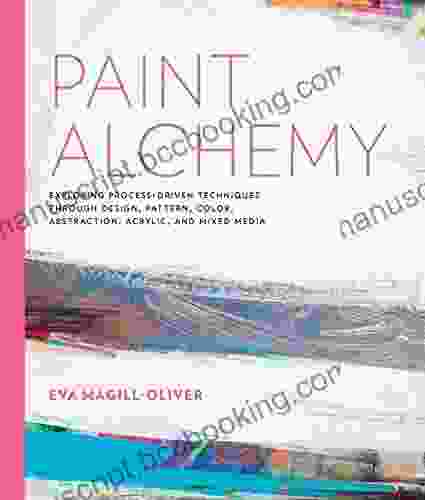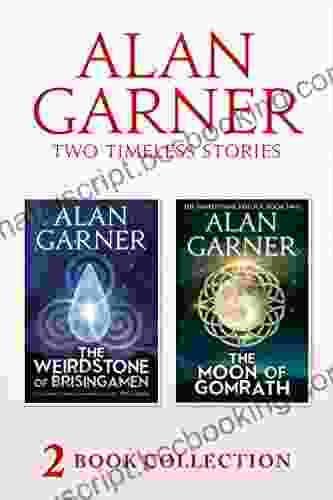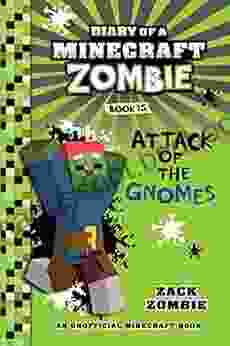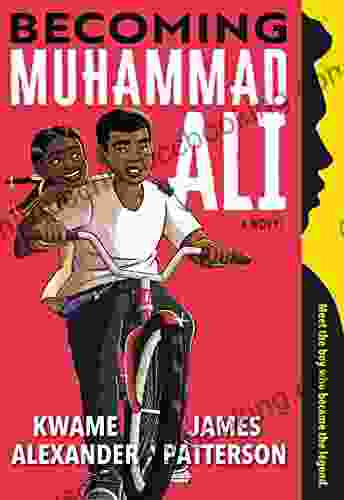Unveiling the Nuances of Process-Driven Techniques with Design Pattern Color Abstraction

In the realm of software engineering, the ability to design and implement robust, maintainable, and extensible solutions is paramount. Process-driven techniques provide a structured approach to software development by decomposing complex problems into manageable components, fostering collaboration, and ensuring adherence to best practices.
Among the diverse array of process-driven techniques, design patterns emerge as a powerful tool for capturing and reusing proven solutions to common software development challenges. By distilling the essence of successful designs, design patterns offer a systematic approach to problem-solving, promoting code readability, flexibility, and adaptability.
4.4 out of 5
| Language | : | English |
| File size | : | 15003 KB |
| Text-to-Speech | : | Enabled |
| Screen Reader | : | Supported |
| Enhanced typesetting | : | Enabled |
| Print length | : | 118 pages |
This article delves into the captivating world of process-driven techniques through the lens of design pattern color abstraction. It explores the principles, benefits, and applications of this innovative approach, shedding light on its profound impact on software development practices.
Design Pattern Color Abstraction: A Deeper Dive
Design pattern color abstraction is a specialized technique that employs color theory to visualize and document design patterns within complex software systems. By assigning specific colors to different design patterns, architects and developers can gain a comprehensive understanding of the system's structure, dependencies, and relationships.
This visual representation enables architects to identify and analyze patterns across the system, facilitating informed decision-making and fostering a shared understanding among team members. Color abstraction simplifies communication, reduces misunderstandings, and promotes a holistic view of the software architecture.
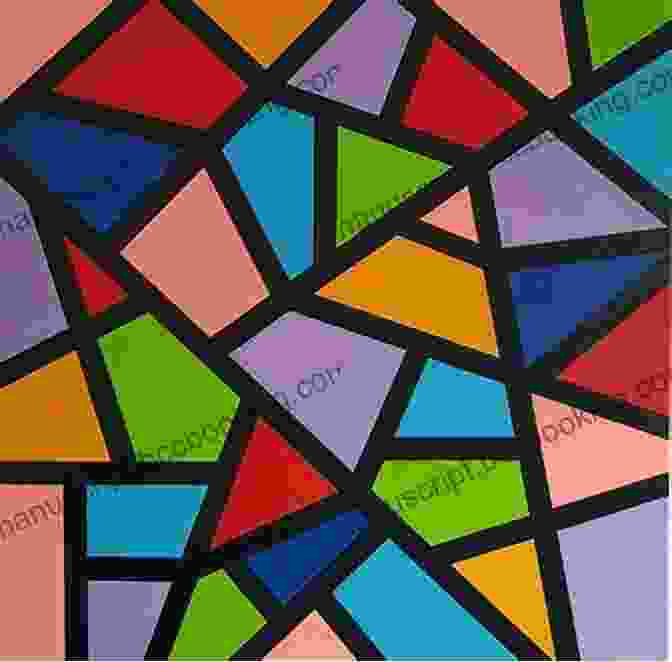
In practice, design pattern color abstraction involves the use of color-coded diagrams and notations to represent design patterns in a software system. Colors are carefully chosen to reflect the purpose, behavior, and relationships of different patterns, creating a visual language that enhances understanding and facilitates collaboration.
Principles of Design Pattern Color Abstraction
- Distinct Color Assignments: Each design pattern is assigned a unique color, ensuring clear identification and differentiation within the system.
- Semantic Coloration: Colors are selected based on their inherent meaning or association with the characteristics and behaviors of the design patterns they represent.
- Visual Hierarchy: The size and placement of colored elements in diagrams convey the relative importance and scope of design patterns within the system.
li>Consistency and Standardization: To promote clarity and consistency, a standardized color scheme is established and adhered to throughout the system documentation.
Benefits of Using Design Pattern Color Abstraction
The adoption of design pattern color abstraction in software development practices yields a multitude of benefits that enhance the quality, maintainability, and scalability of software systems:
- Enhanced Comprehension: Visualizing design patterns through color abstraction improves the cognitive comprehension of complex systems, enabling stakeholders to grasp the overall structure and relationships between components.
- Improved Communication: Color-coded diagrams and notations provide a shared language that facilitates effective communication among architects, developers, and other stakeholders, minimizing misunderstandings and misinterpretations.
- Increased Productivity: By simplifying the process of identifying and analyzing design patterns, color abstraction accelerates development, reduces rework, and enhances overall productivity.
- Improved Maintainability: Color-coded documentation aids in the identification and localization of design patterns within the codebase, facilitating maintenance, refactoring, and future enhancements.
- Enhanced Flexibility and Adaptability: Design pattern color abstraction enables architects and developers to quickly adapt and evolve software systems to meet changing requirements and technological advancements.
Applications of Design Pattern Color Abstraction
Design pattern color abstraction finds practical applications in a wide range of software development scenarios, including:
- Architectural Documentation: Color-coded diagrams are used to document the architectural components of a software system, highlighting design patterns and their relationships.
- Code Review and Analysis: Color abstraction aids in the review and analysis of code, facilitating the identification and adherence to design patterns, promoting code quality and consistency.
- Refactoring and Maintenance: Color-coded documentation guides the refactoring and maintenance of software systems, ensuring the preservation of design patterns and adherence to best practices.
- Education and Training: Color abstraction is an effective tool for teaching and learning design patterns, providing a visual and intuitive way to grasp their purpose and application.
Design pattern color abstraction is an innovative process-driven technique that harnesses the power of color to visualize and document design patterns within complex software systems. By assigning specific colors to different patterns, this approach enhances comprehension, improves communication, increases productivity, and promotes maintainability and flexibility.
Through its practical applications in architectural documentation, code review, refactoring, and education, design pattern color abstraction empowers architects, developers, and other stakeholders to create robust, scalable, and adaptable software solutions. As the software development landscape continues to evolve, this technique will undoubtedly play an increasingly critical role in shaping the future of software engineering.
For those seeking to delve deeper into the intricacies of design pattern color abstraction, I highly recommend exploring the following resources:
- Exploring Process-Driven Techniques Through Design Pattern Color Abstraction
- Design Pattern Color Abstraction: A Visual Approach for Representing Software Architecture
4.4 out of 5
| Language | : | English |
| File size | : | 15003 KB |
| Text-to-Speech | : | Enabled |
| Screen Reader | : | Supported |
| Enhanced typesetting | : | Enabled |
| Print length | : | 118 pages |
Do you want to contribute by writing guest posts on this blog?
Please contact us and send us a resume of previous articles that you have written.
 Book
Book Novel
Novel Page
Page Chapter
Chapter Text
Text Story
Story Genre
Genre Reader
Reader Library
Library Paperback
Paperback E-book
E-book Magazine
Magazine Newspaper
Newspaper Paragraph
Paragraph Sentence
Sentence Bookmark
Bookmark Shelf
Shelf Glossary
Glossary Bibliography
Bibliography Foreword
Foreword Preface
Preface Synopsis
Synopsis Annotation
Annotation Footnote
Footnote Manuscript
Manuscript Scroll
Scroll Codex
Codex Tome
Tome Bestseller
Bestseller Classics
Classics Library card
Library card Narrative
Narrative Biography
Biography Autobiography
Autobiography Memoir
Memoir Reference
Reference Encyclopedia
Encyclopedia David Fisher
David Fisher Farley Mowat
Farley Mowat Sasha Yakovleva
Sasha Yakovleva Rita Goldberg
Rita Goldberg Mike Curato
Mike Curato Nadine Condon
Nadine Condon Jessica Hische
Jessica Hische Ettore Accenti
Ettore Accenti F B Heald
F B Heald Sungchil Kim
Sungchil Kim Tali Edut
Tali Edut Larry Dean Olsen
Larry Dean Olsen Jonathan Beverly
Jonathan Beverly Melissa Maker
Melissa Maker Mitch Sturgeon
Mitch Sturgeon Julie Goell
Julie Goell Hillel Levin
Hillel Levin Murray Stewart
Murray Stewart Eugene B Fluckey
Eugene B Fluckey Esther Wojcicki
Esther Wojcicki
Light bulbAdvertise smarter! Our strategic ad space ensures maximum exposure. Reserve your spot today!
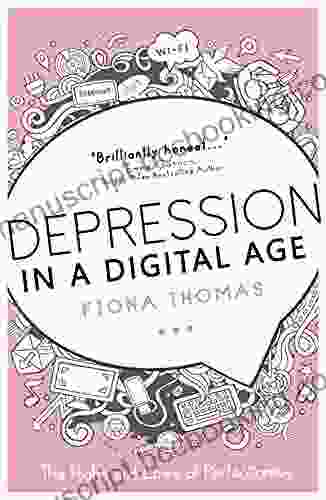
 Beau CarterThe Highs and Lows of Perfectionism: A Transformative Guide to Embracing Your...
Beau CarterThe Highs and Lows of Perfectionism: A Transformative Guide to Embracing Your... Robert Louis StevensonFollow ·4.6k
Robert Louis StevensonFollow ·4.6k Andy HayesFollow ·11.2k
Andy HayesFollow ·11.2k Felix CarterFollow ·14.2k
Felix CarterFollow ·14.2k Gabriel MistralFollow ·14.5k
Gabriel MistralFollow ·14.5k Gabriel BlairFollow ·4.4k
Gabriel BlairFollow ·4.4k Harold BlairFollow ·5.8k
Harold BlairFollow ·5.8k Yasushi InoueFollow ·15k
Yasushi InoueFollow ·15k Wayne CarterFollow ·2.2k
Wayne CarterFollow ·2.2k
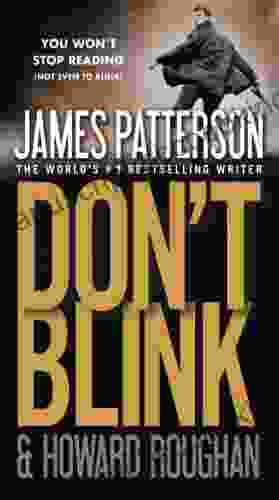
 W.H. Auden
W.H. AudenStep into a World of Thrilling Deception: Don Blink by...
Unveiling the Masterpiece of Suspense:...
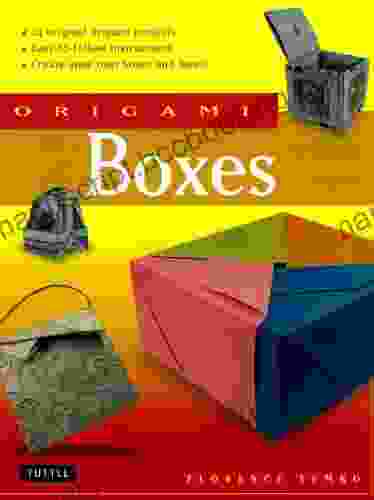
 Jaylen Mitchell
Jaylen MitchellUnleash Your Creativity with "This Easy Origami": A...
: Embark on an Enchanting Voyage into the...

 Vladimir Nabokov
Vladimir NabokovEmpowering Home Births: A Comprehensive Guide for Fathers...
An In-Depth Exploration of Paternal...

 Juan Rulfo
Juan RulfoThe Maya Exodus: Indigenous Struggle for Citizenship in...
The Maya Exodus: Indigenous Struggle for...
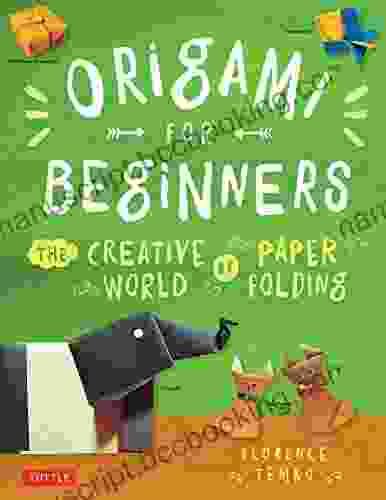
 Julio Ramón Ribeyro
Julio Ramón RibeyroKana Made Easy: Dive into Japanese the Fun and Effortless...
Unveiling the Secrets...
4.4 out of 5
| Language | : | English |
| File size | : | 15003 KB |
| Text-to-Speech | : | Enabled |
| Screen Reader | : | Supported |
| Enhanced typesetting | : | Enabled |
| Print length | : | 118 pages |


